VOD vs OTT: What’s the difference?
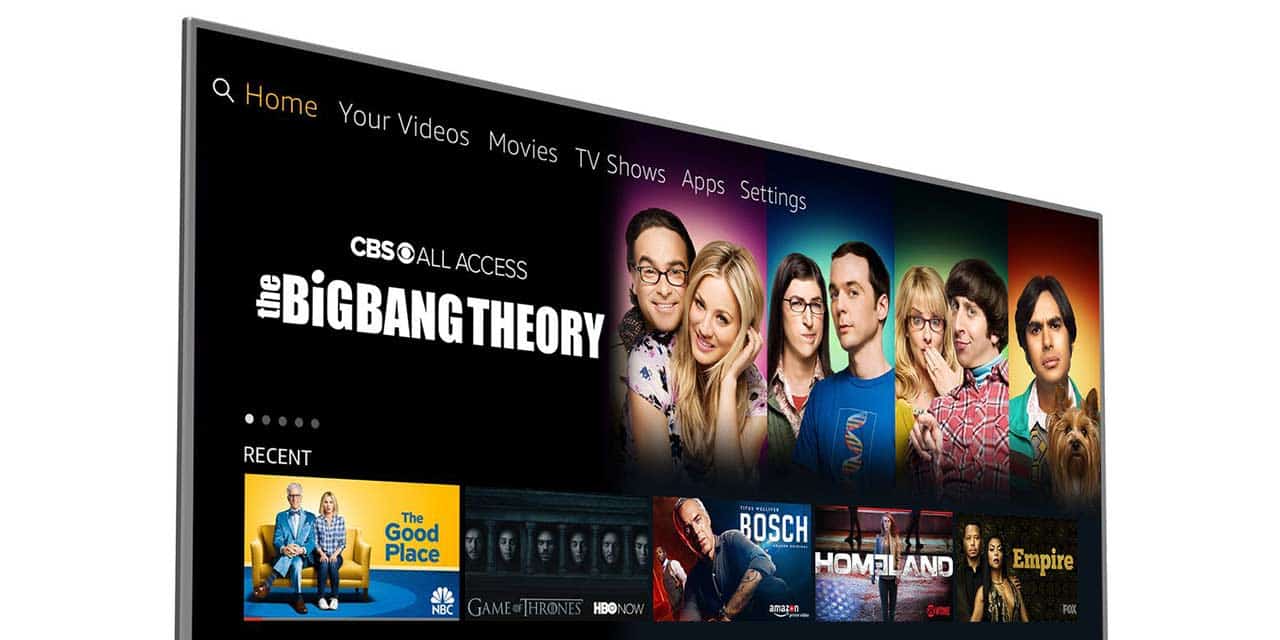
VOD
VOD stands for “Video-On-Demand” and is a way of accessing content from online libraries. Conventional broadcast channels and media outlets allowed consumers to view content as per their schedule. VOD services enable audiences to access videos at their leisure and from any compatible device.
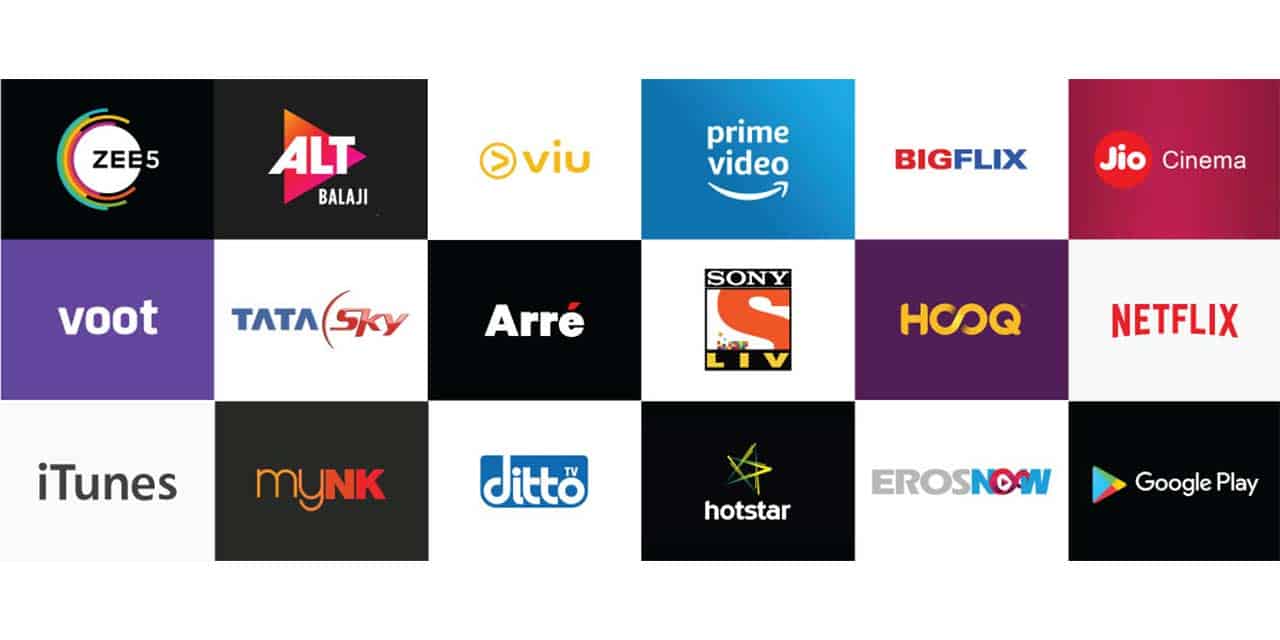
OTT
OTT stands for “Over-The-Top” and offers the ability to stream content directly over the Internet. Usually, as a standalone product. OTT often refers to video content and can also apply to audio messaging or VoIP calling Solutions.
OTT Devices
Any device that is not desktop, laptop, or mobile but is used to consume OTT content. Examples include Smart TVs, Apple TVs, Chromecast, PlayStation, Xbox, Amazon Fire-sticks, and other streaming devices.
OTT video services can further be broken down based on their specific business models and functions.
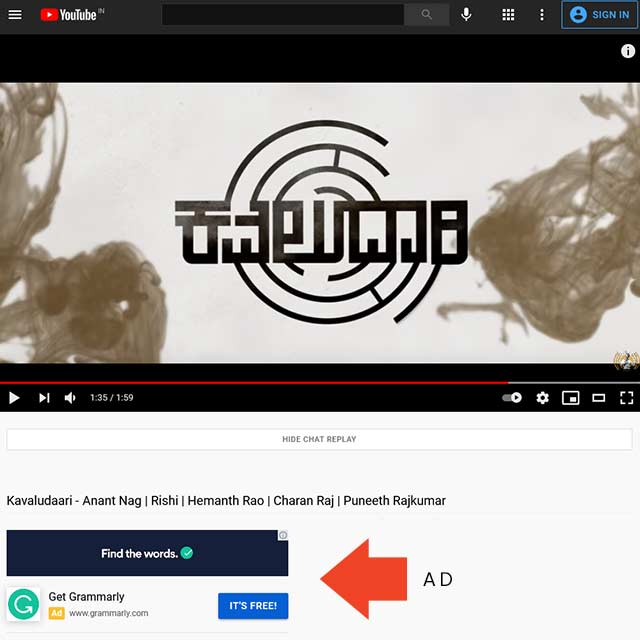
AVOD (Advertising Video on Demand)
With AVOD, users are given free access to content with the stipulation that sponsored ads are part of the experience. YouTube is a perfect example. AVOD allows broadcasters to generate revenue without requiring paywalls or ongoing subscriptions.
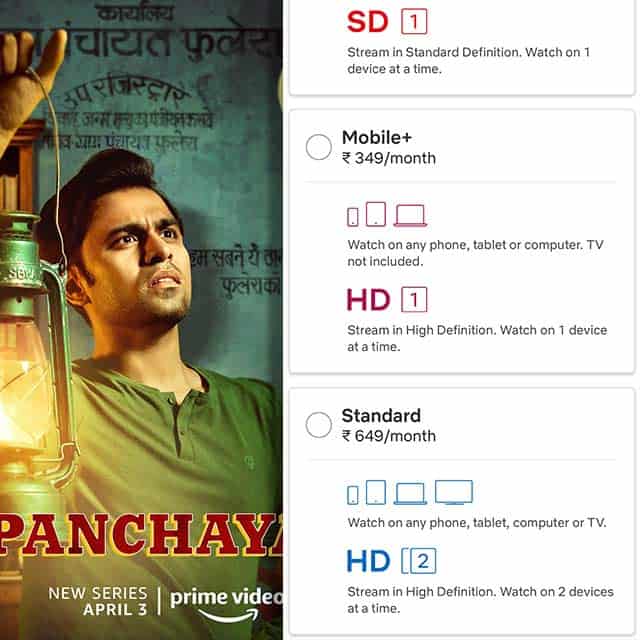
SVOD (Subscription Video on Demand)
SVOD is the monetization option most viewers are accustomed to. This subscription-based model gives users access to content in exchange for a monthly recurring fee. Think Netflix or ESPN+.
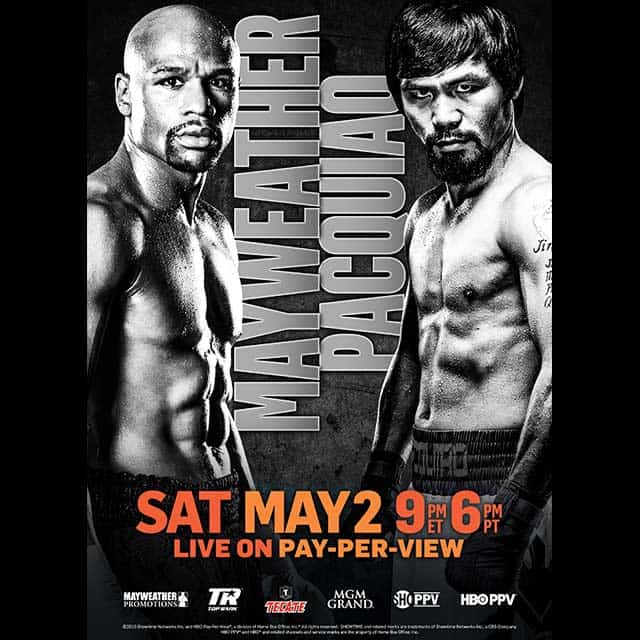
TVOD (Transactional Video on Demand)
TVOD is the least common of the three options. TVOD is based on users paying-per-view to stream and access specific content not available elsewhere. A pay-per-view model such as HBO charging extra for a boxing match or concert broadcast online is TVOD in action.
VOD And OTT: The Future Of Online Video
The lines between these two services have become so blurry due to the natural progression of the video industry. VOD has become most sought after because consumers want the flexibility to watch videos on their own time. OTT has made broadcasting cheaper and more efficient for businesses and consumers. OTT works on Internet or broadband connections. It caters to large audiences who access it on various devices, including smartphones.